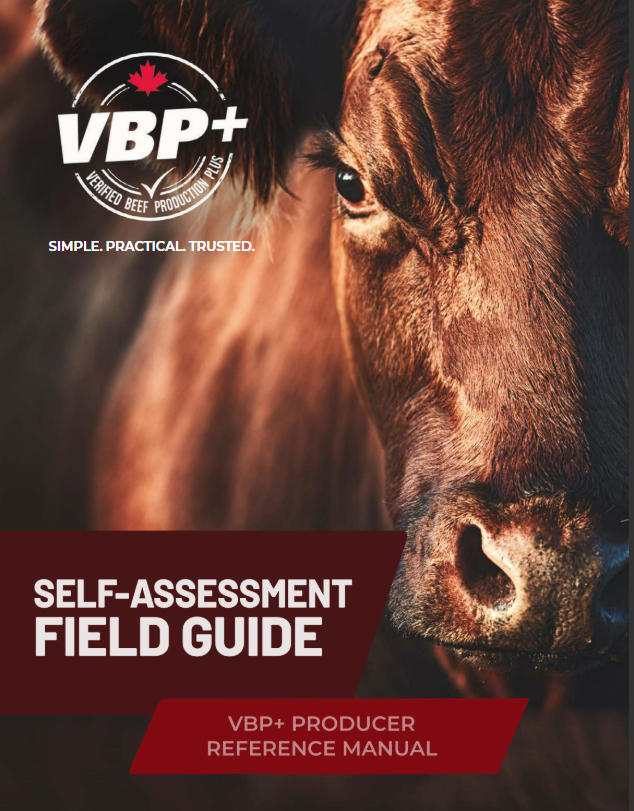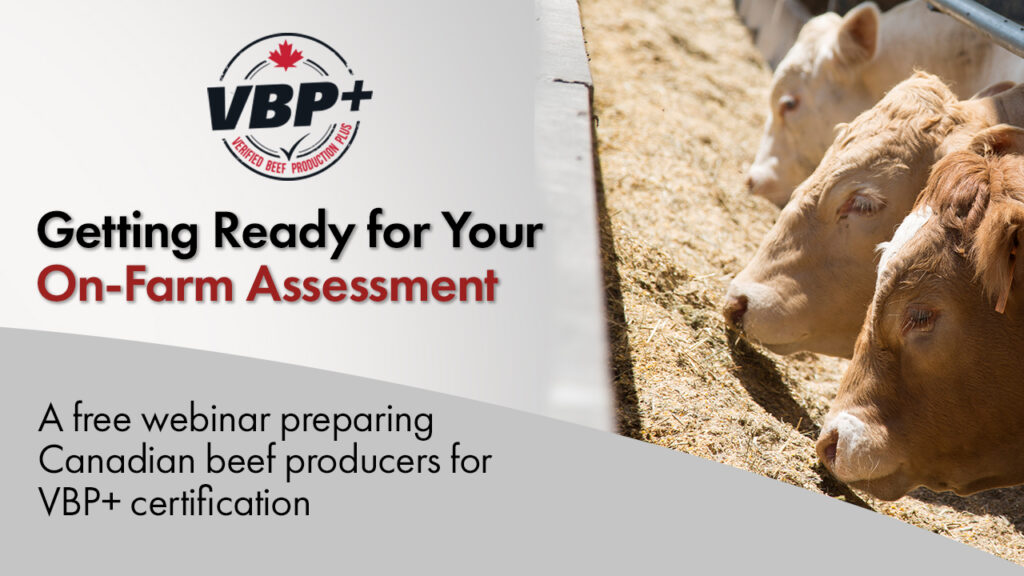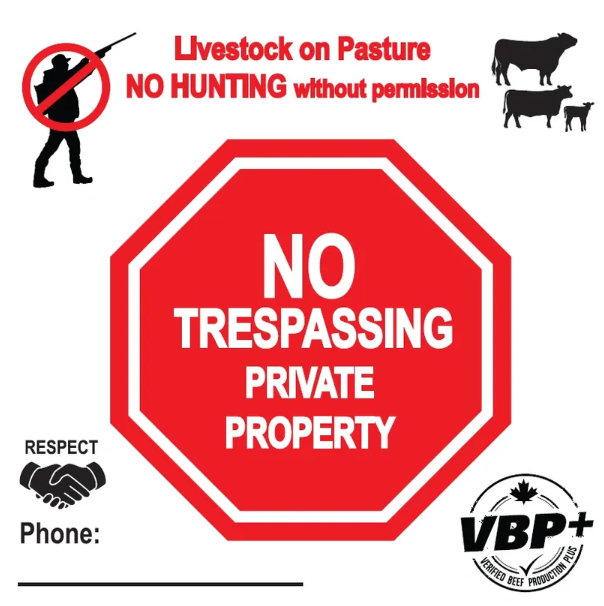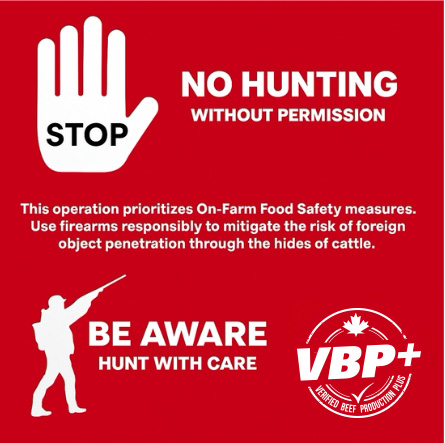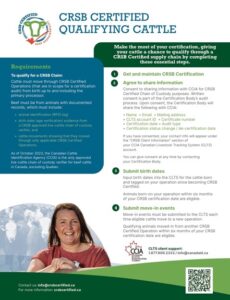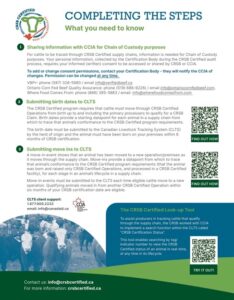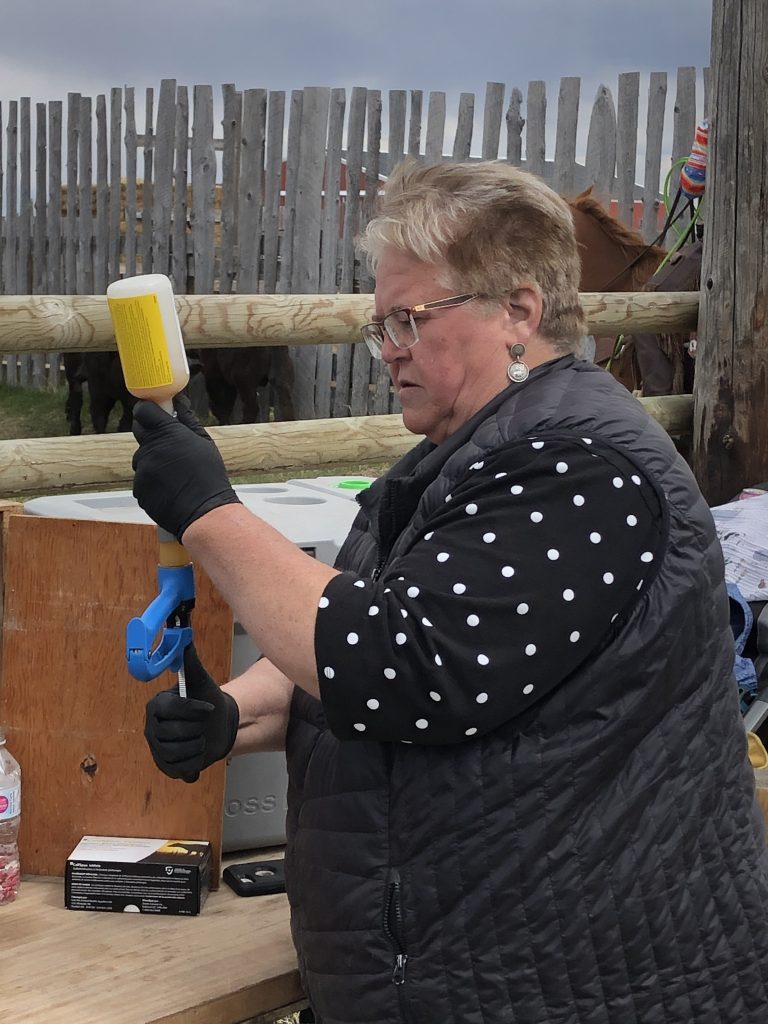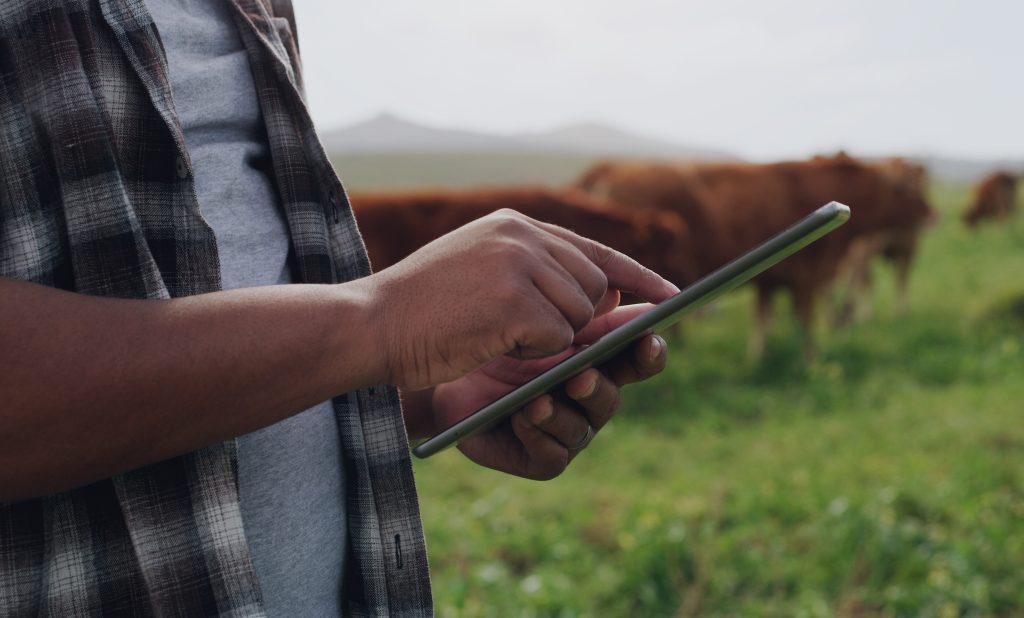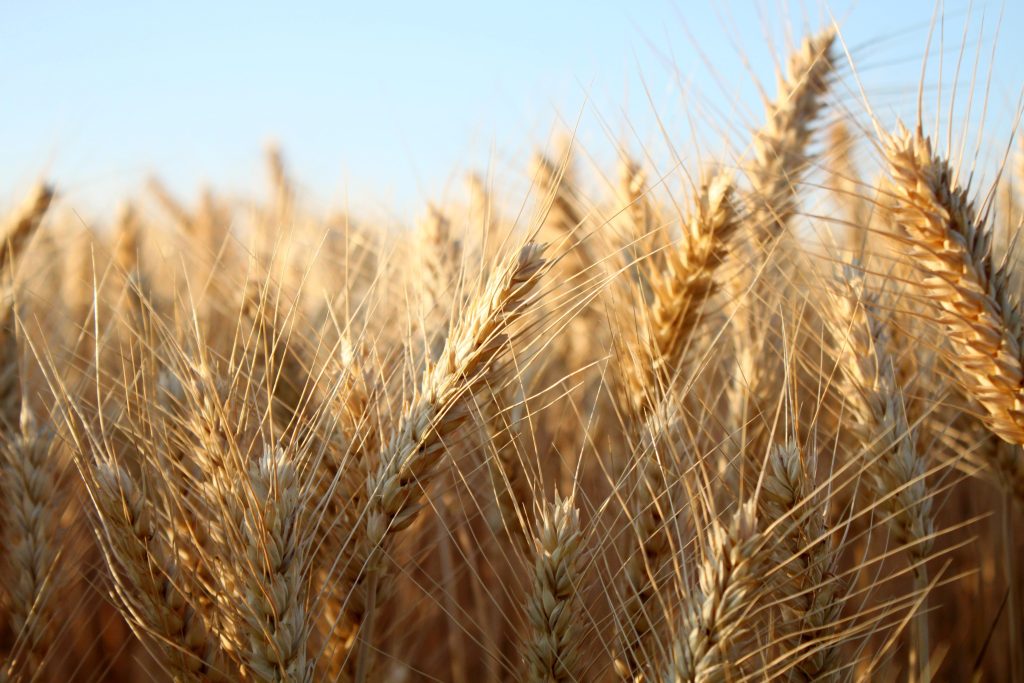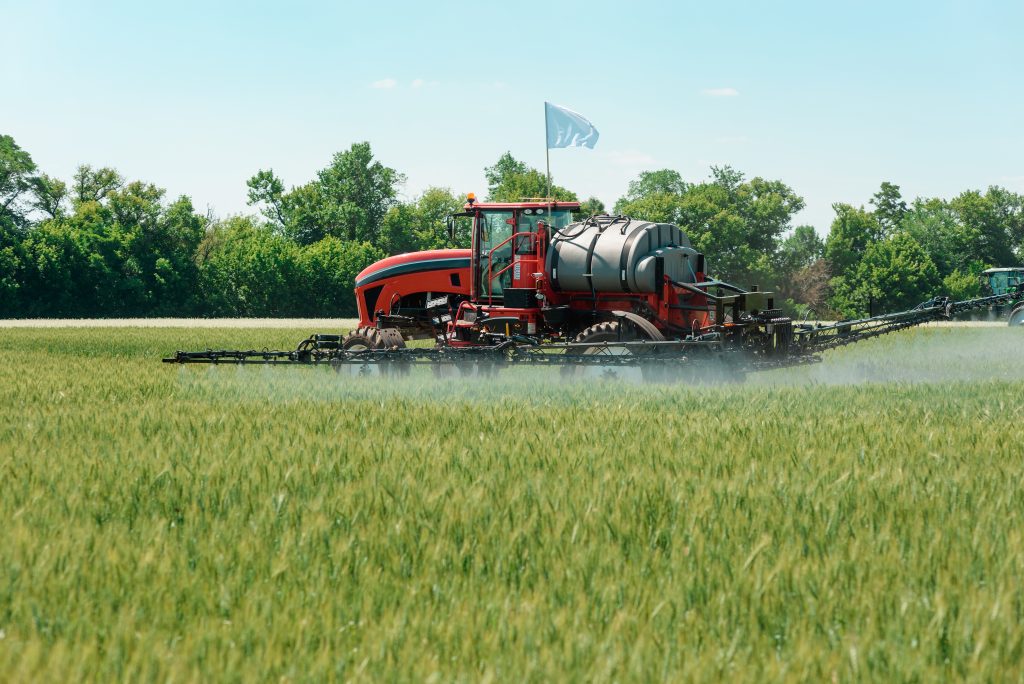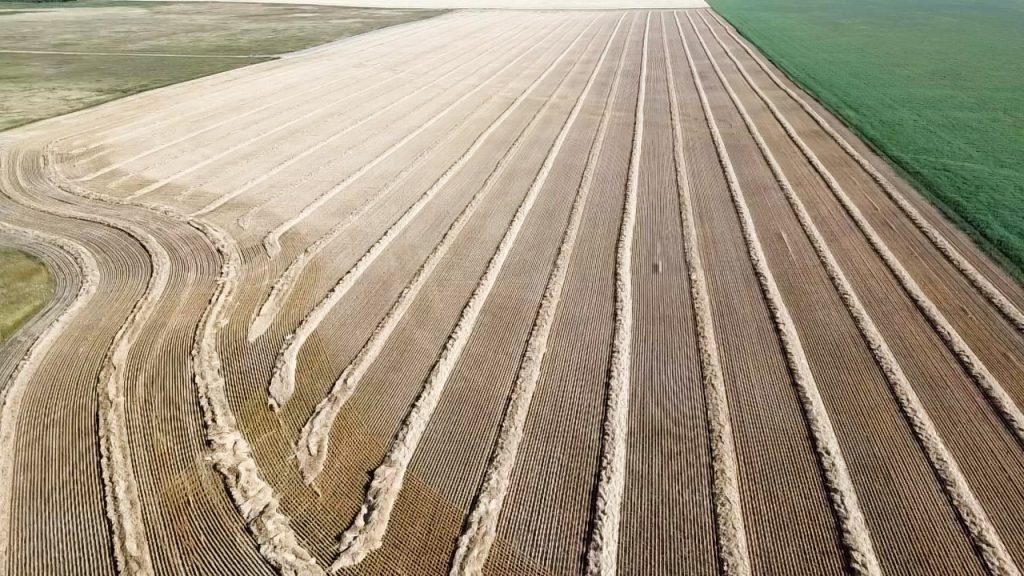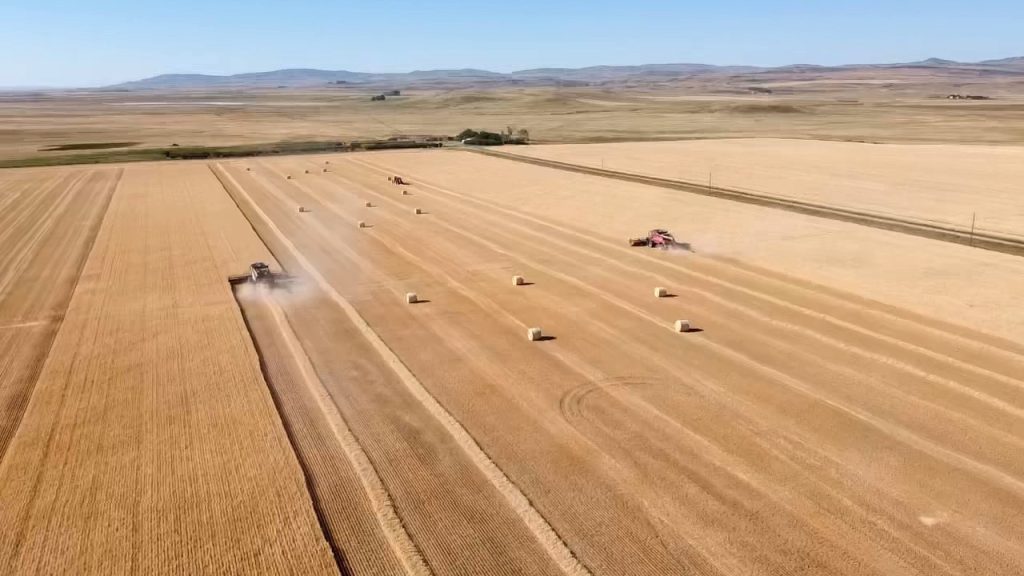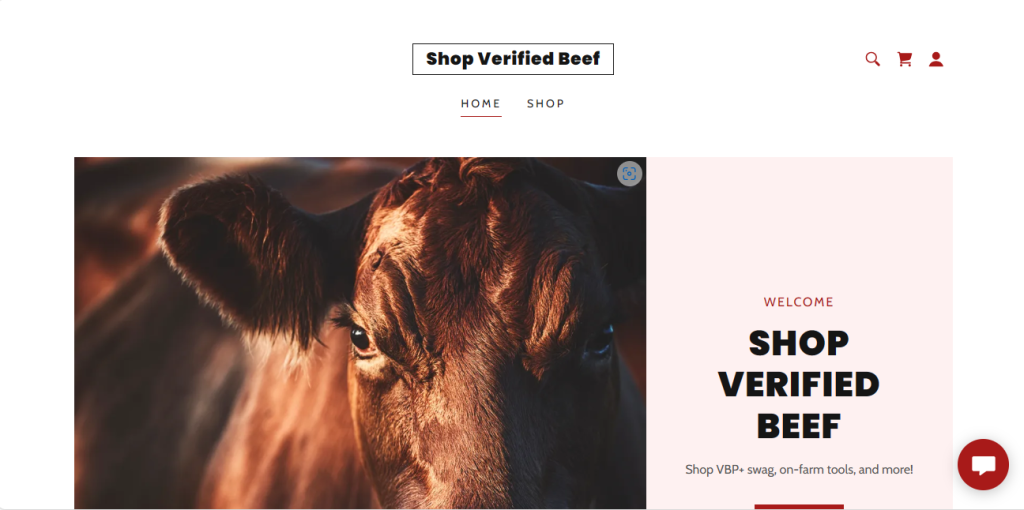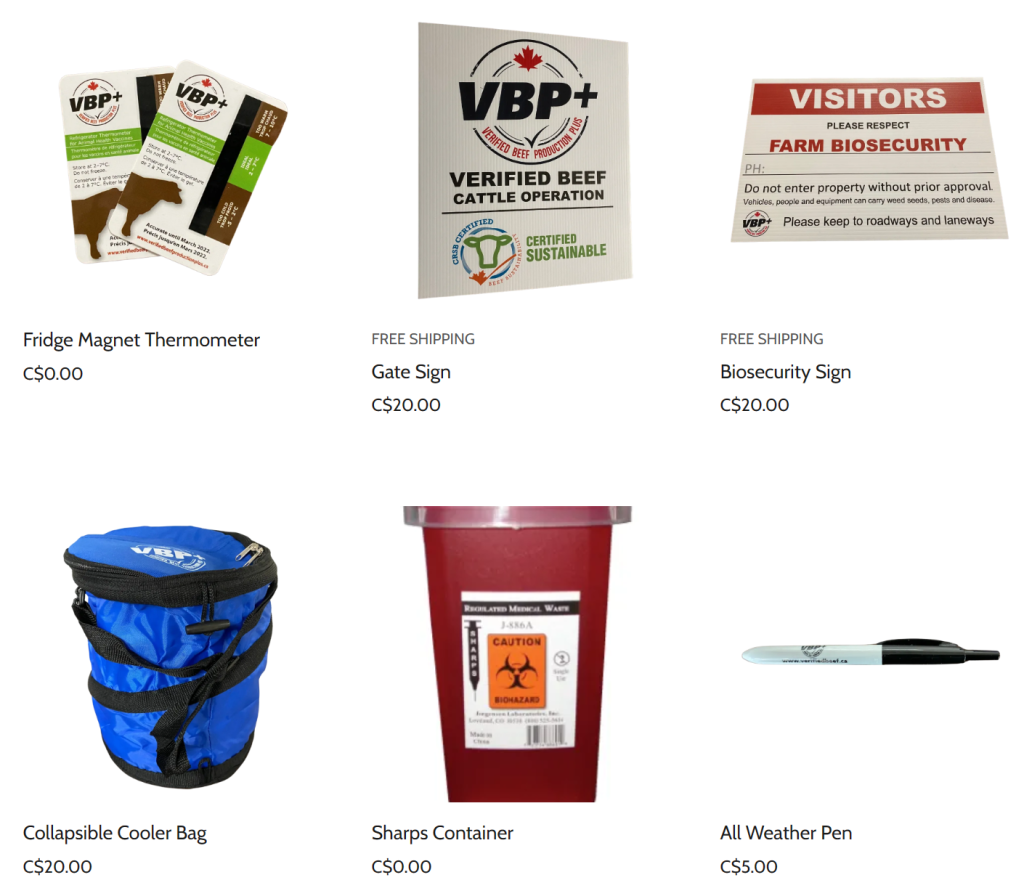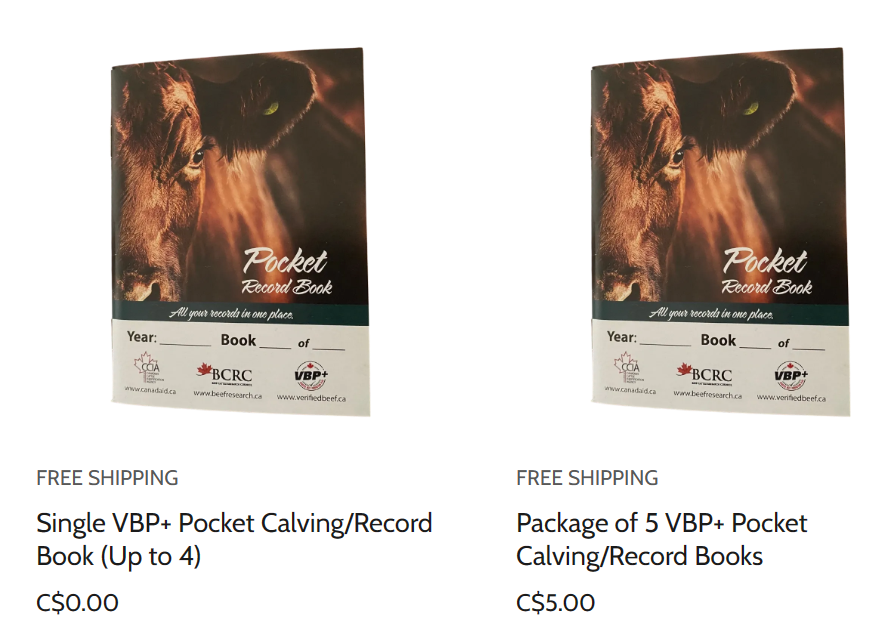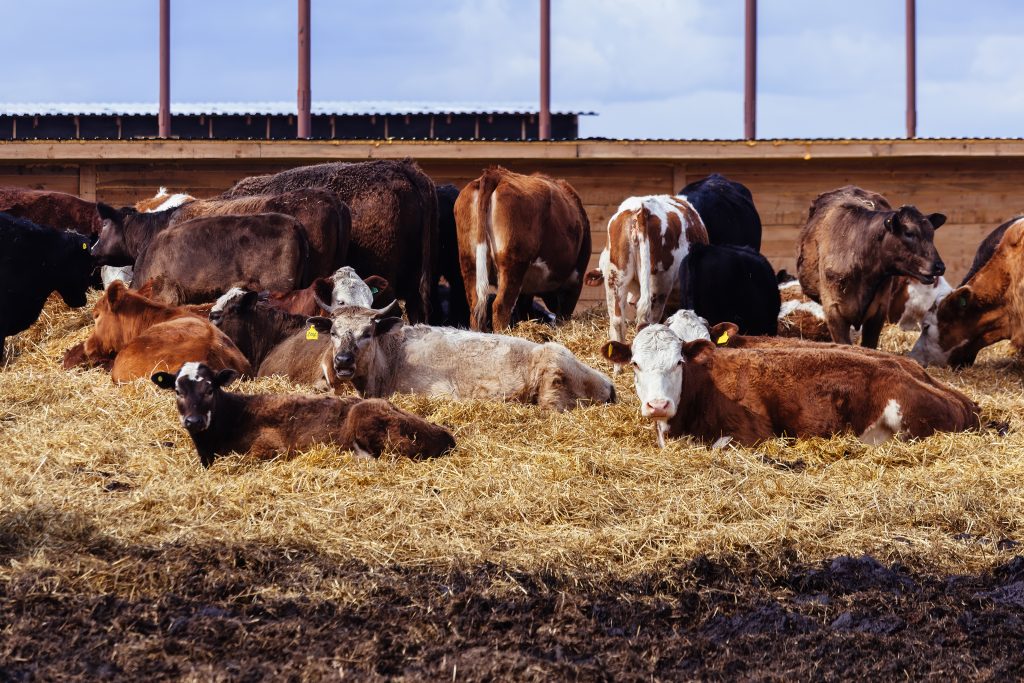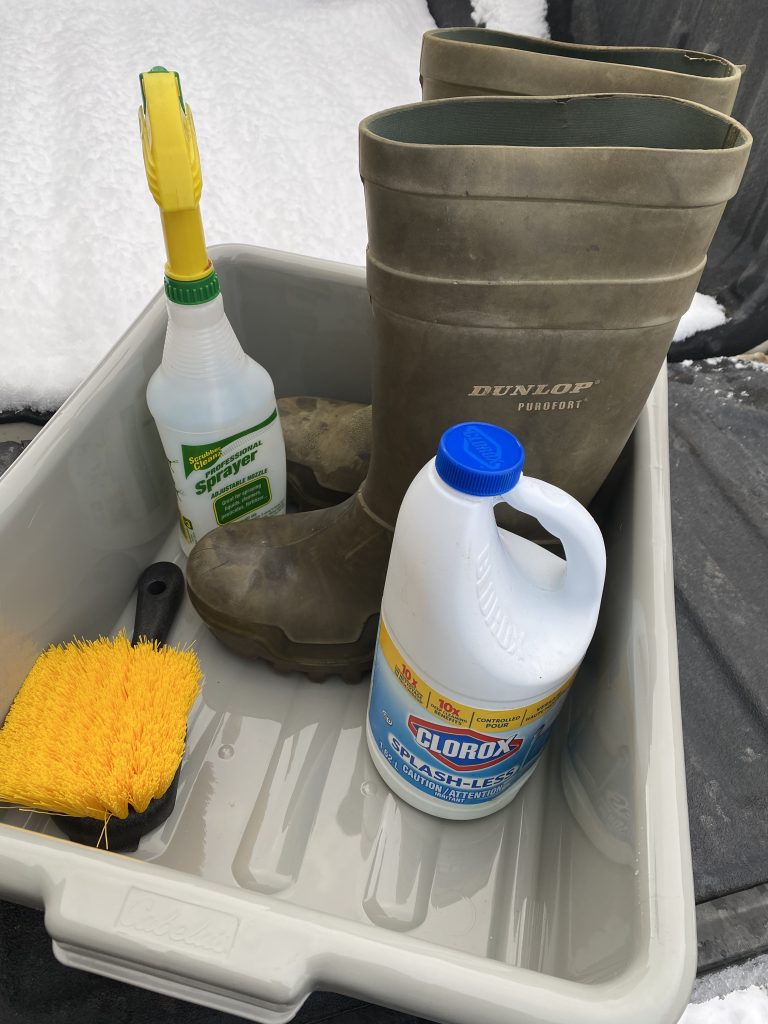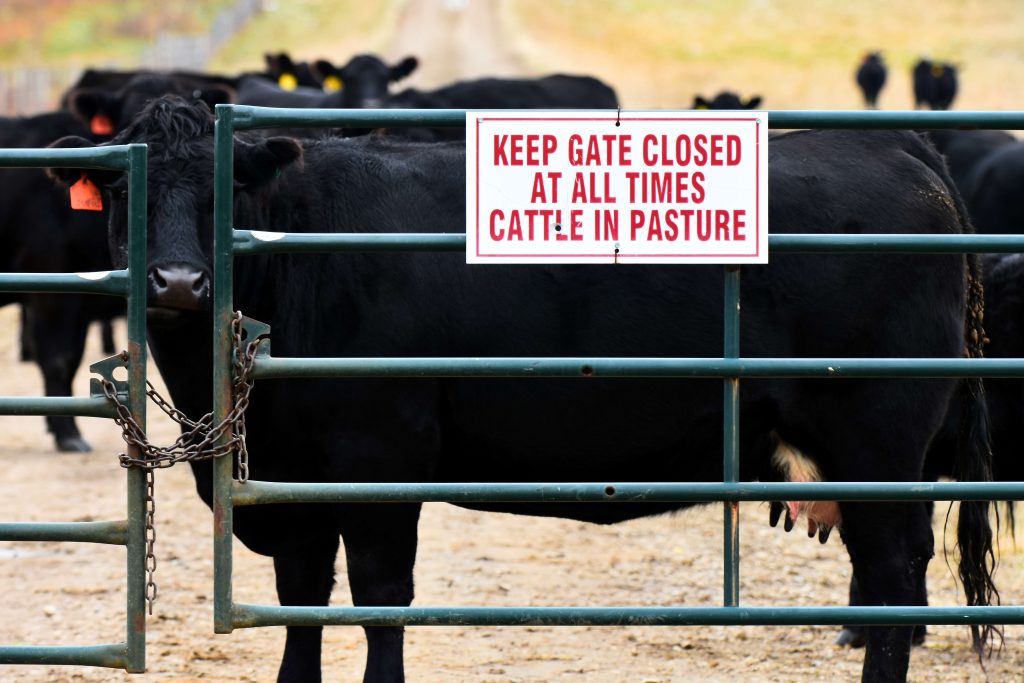This article was first published in the Fall 2025 issue (Vol. 2 No.3) of SaskCattle Times, and is reprinted on the VBP+ Blog with the publisher’s permission. To access the full digital issue of SaskCattle Times Magazine, click here.

In today’s competitive beef industry, maintaining high standards of quality, safety, and sustainability are more important than ever. For beef producers, taking the Verified Beef Training offers numerous benefits that can significantly enhance business operations and consumer confidence.
“Taking the time to complete the VBP+ training not only opens up SCAP funding for producers but it shows that they are willing to learn more about what best management practises they can implement to prove to consumers the food we produce is sustainable and safe,” said Joleen Shea, Vice Chair of the Saskatchewan Verified Beef Board and rancher from Kindersley.
This training not only equips producers with essential knowledge and skills but also demonstrates a commitment to excellence that resonates across the supply chain. One of the primary benefits of Verified Beef Training is the emphasis on food safety.
While we are all ranching and farming because we probably love working with animals and being outdoors, the training emphasizes that at the end of the day we are producing food for people to eat and our actions on-farm can have consequences on the end product. Emphasis on records keeping ensures everyone involved on the operation knows which animals have been treated and what the treatment dates and withdrawal dates are.
Tracy Hebert, Knowledge Mobilization and Communications Director with the Beef Cattle Research Council explains that the “VBP+ training helps producers and their employees minimize risk and provides opportunity for adopting beneficial practices and innovations.” The training delivers practical information, ideas, and tools that help producers strengthen their operations. It emphasizes better record-keeping practices to prevent problems such as double treatments, while also ensuring that if an operation is ever questioned, detailed records can demonstrate due diligence.
Producers also gain proper guidance on vaccine handling and injection techniques so the time and expense invested in herd health lead to the results they expect. By formalizing best practices, the training further enhances operational efficiency and supports long-term success.
The training provides producers with practical information, ideas, and tools that strengthen day-to-day operations. It encourages accurate record-keeping to prevent issues like double treatments and ensures that, if questions ever arise, detailed records demonstrate due diligence. Participants also learn proper vaccine handling and injection techniques so that the time and money invested in herd health achieve the intended results. In addition, by formalizing best practices, the training helps producers improve efficiency across their operations.
The training also strengthens the industry’s reputation and reassures customers about the high quality of Canadian cattle and beef. It does this by providing guidance on reducing disease, minimizing carcass defects, and promoting best practices in areas of public concern such as painful procedures, livestock transportation, and grassland management.
Producers who complete the VBP+ training demonstrate that they are proactive in caring for animals, the land, and the food supply chain. It provides producers confidence that plans are in place for emergency response, and that practices done on farm are in line with national standards.”
“At times the industry is focused on reporting only how many operations are VBP+ Certified (completed the on farm assessment), but I think the bigger story is how many people and operations the VBP+ program is impacting by completing the training,” explained Karla Hicks, Chair of Saskatchewan Verified Beef Production Board and rancher from Mortlach.
“The training provides new and different ideas that you can implement on your operation like adding additional information to your treatment records, having protocol around needle disposal, vaccine storage and correct temperatures that don’t include the dashboard of the truck! Biosecurity is another big topic that is covered in the training. It is not meant to tell people how to manage their operation, but provide awareness of areas to improve upon to prevent a disease outbreak.
“For example, if you invite a neighbour or client to come and walk through a pen of calves or tour your cow herd, the biosecurity component of the training will help you think a little differently about the visit and provide practical suggestions on how you can still tour your cattle, but simultaneously having protocol in place to prevent a disease outbreak. These practices aren’t meant to complicate anyone’s operation, only enhance what you are already doing. The training component of VBP+ is invaluable and I don’t think we give enough weight to the outreach and impact it’s having.”
If you are interested in taking the training, it is available online anytime at www.verifiedbeef.ca, or you can contact your local VBP+ coordinator to set up an in-person training workshop in your area.

